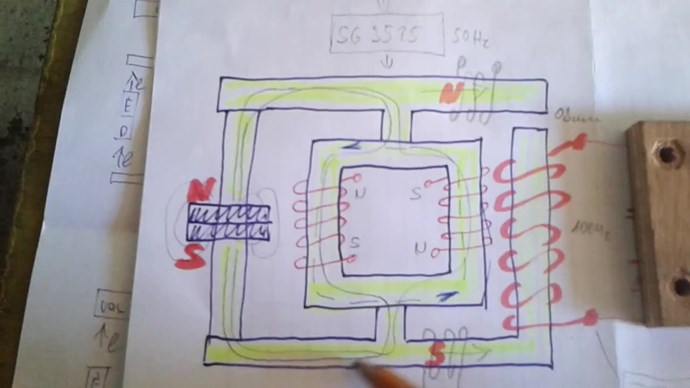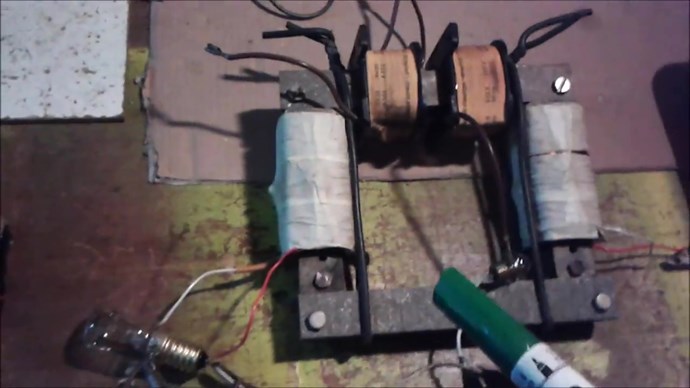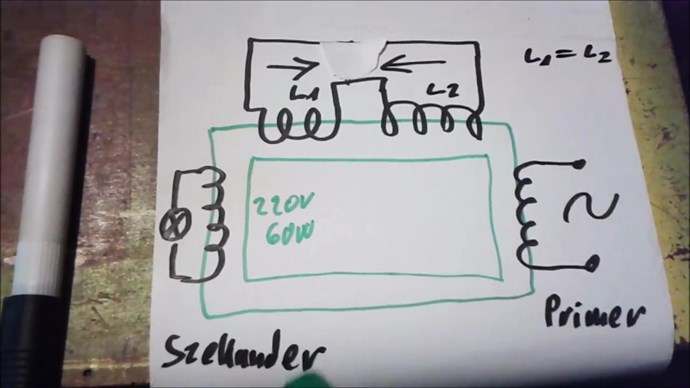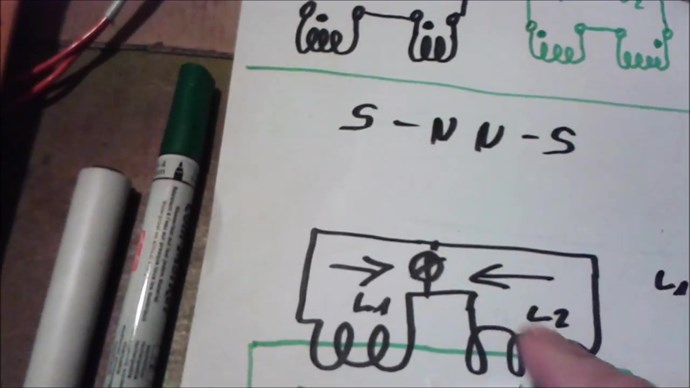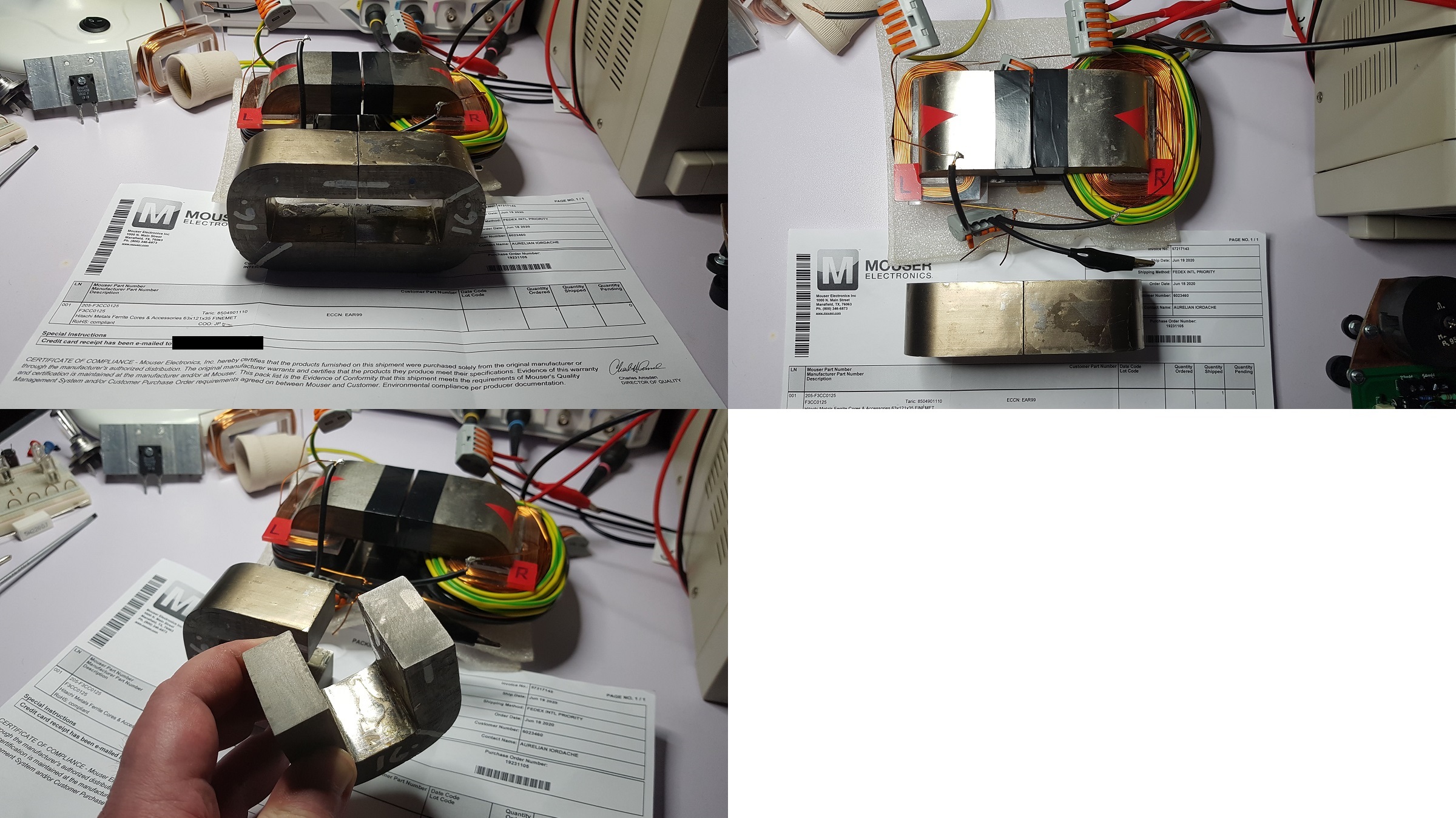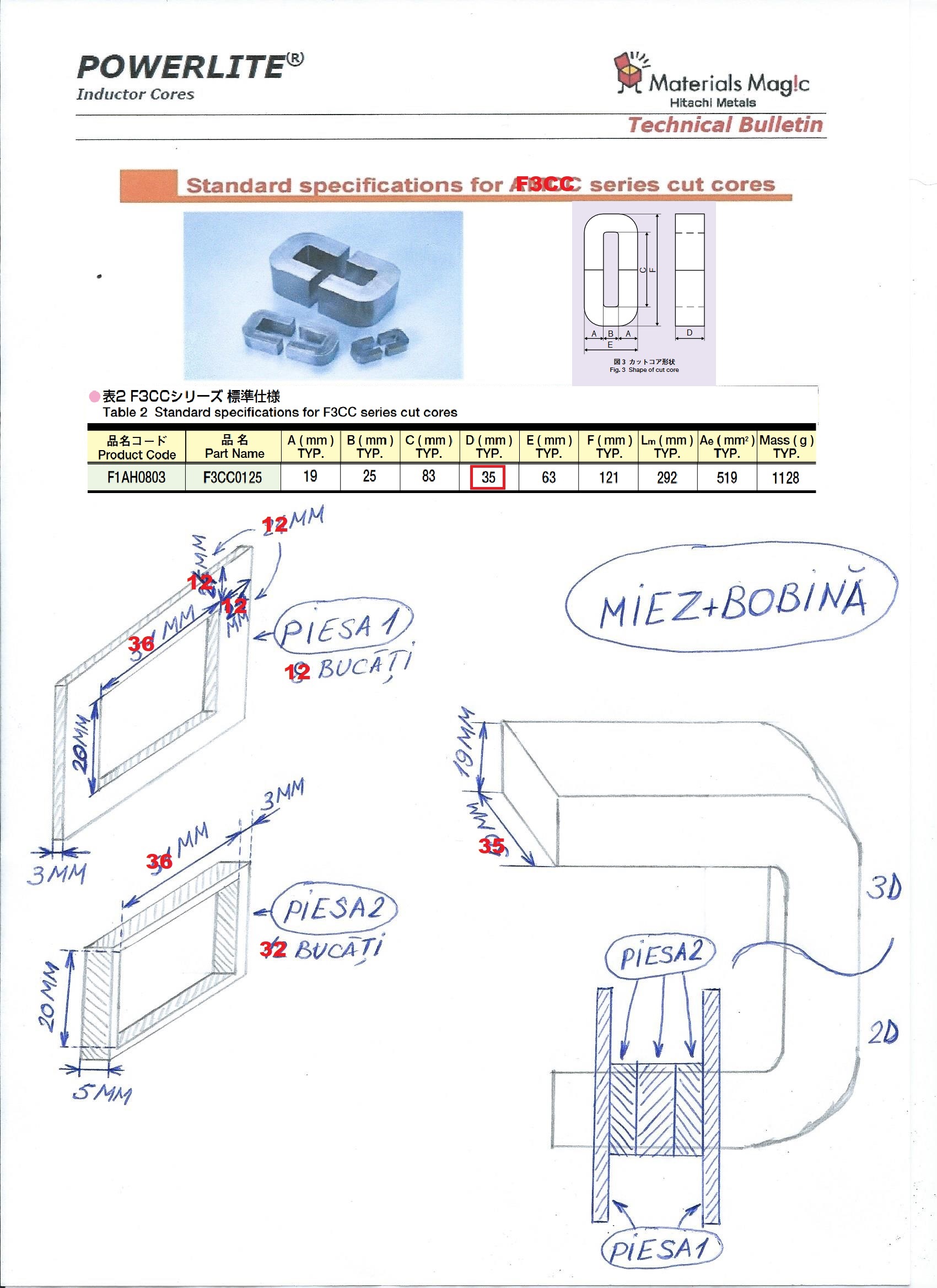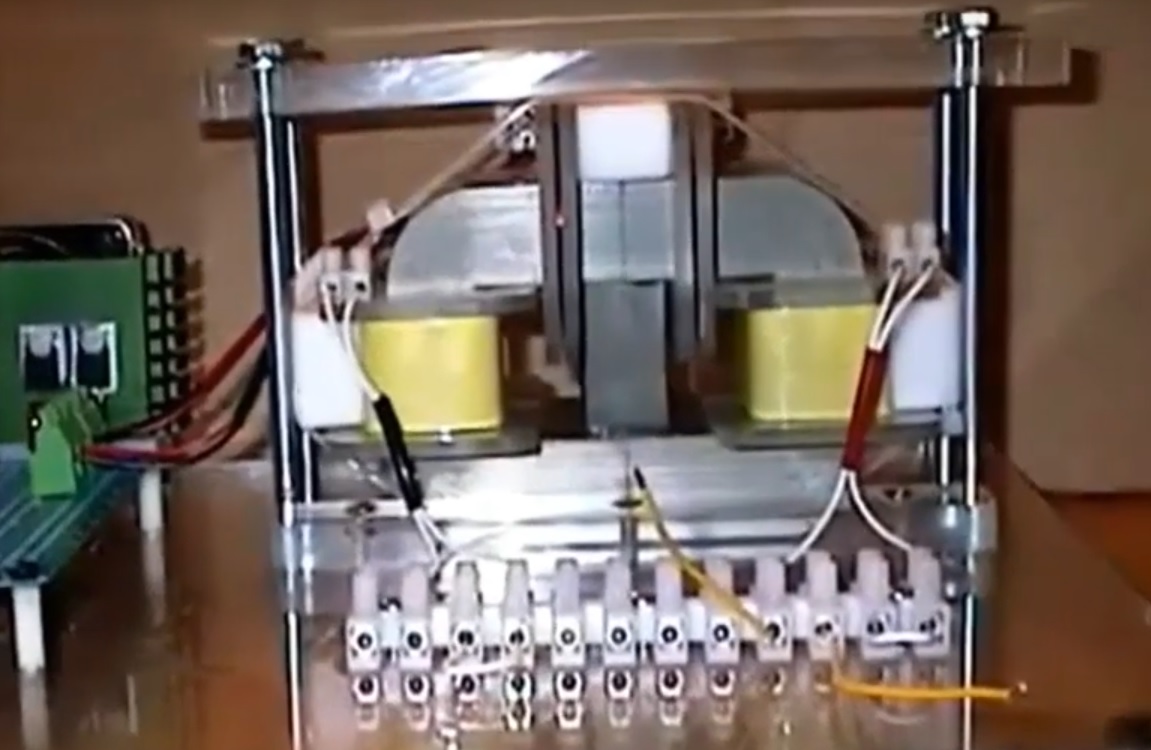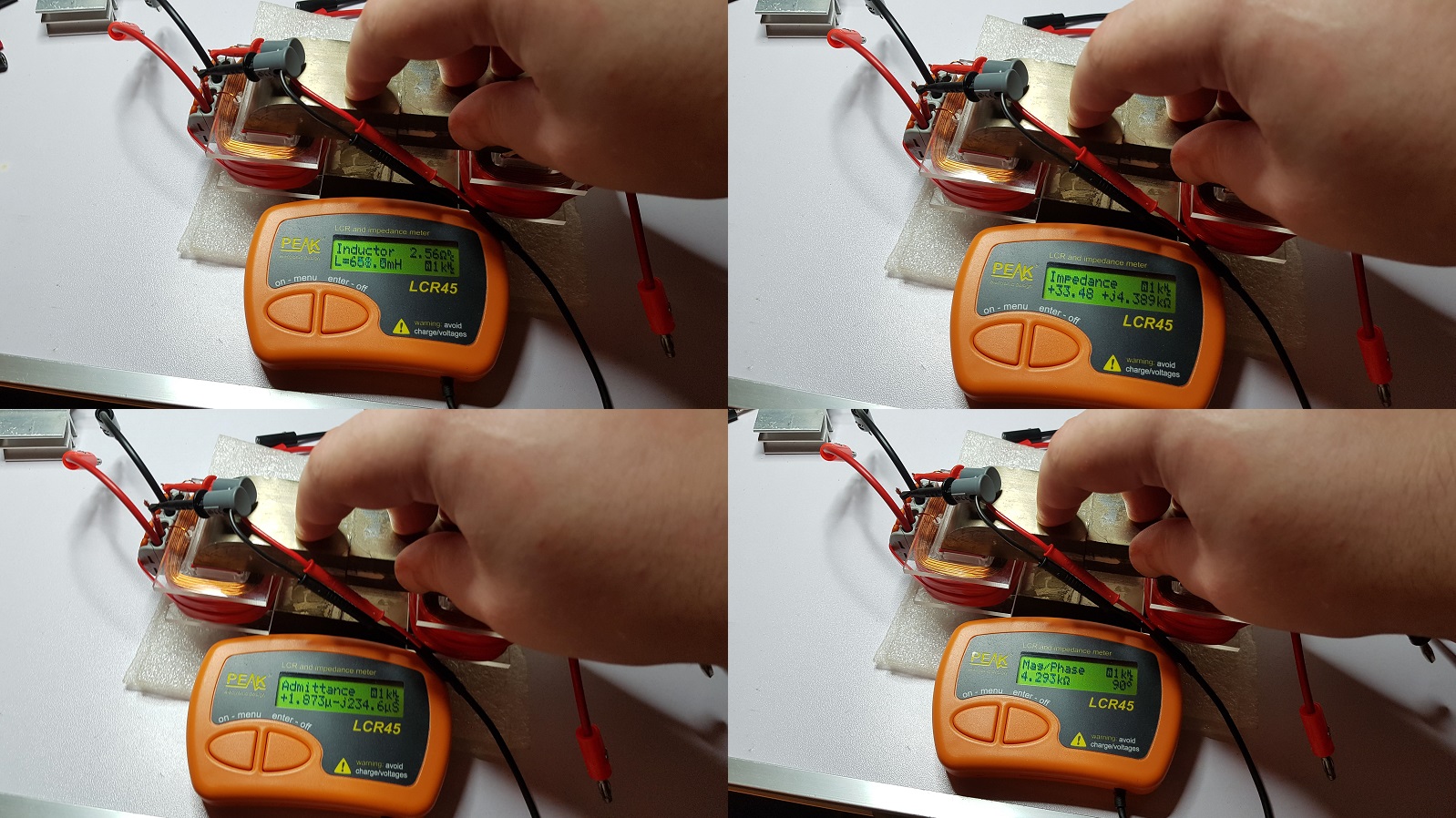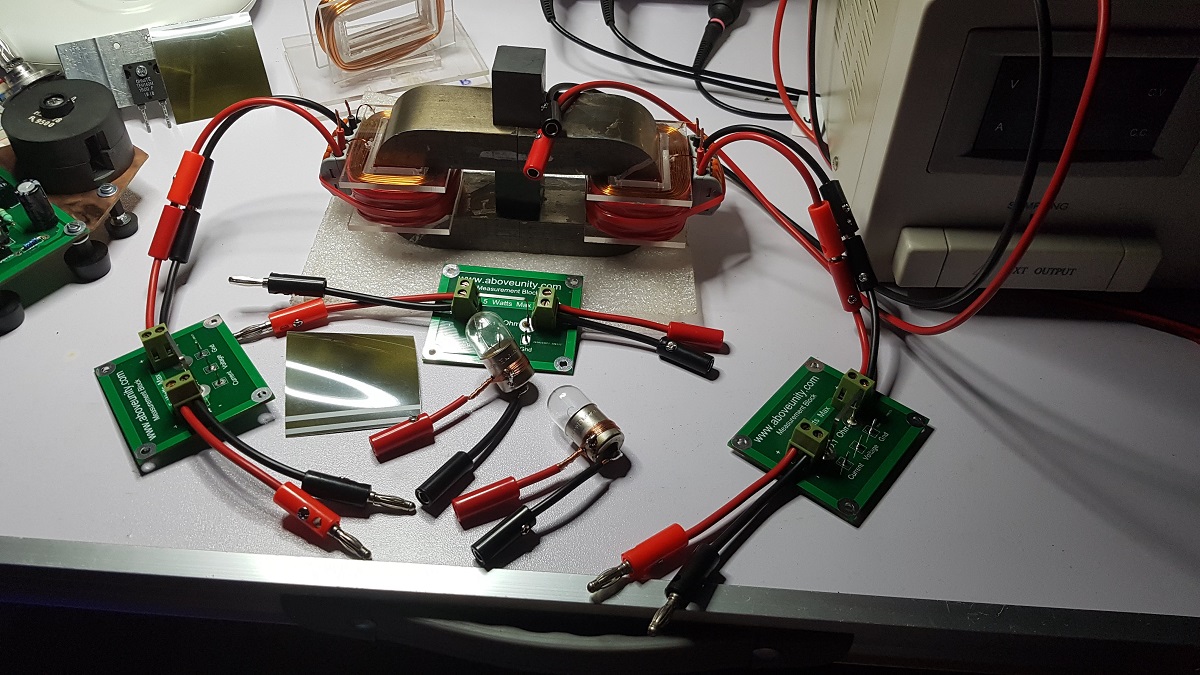I decided to experiment the possibility of using the Aharonov-Bohm effect to concentrate and gather zero-point energy.
The original post I've made is this one:
This is as a note for myself but also for everyone who ever tried to reproduce Tom Bearden's MEG.
It also have implications on every device using "special" cores including ZPM.
Recently after I saw one of Chris' post about someone asking in private for Tom Bearden's "Energy from the Vacuum" DVDs Collection I became curious and wanted to see what those DVDs contain.
For now I only saw the first DVD from that collection and I already found out there are hidden gems on those DVDs. Really important stuff !
One of them is what I post here and it's Bearden explanation on how MEG really works. It's a paradigm-shifting video segment and I'd wish I'd saw it few years ago when I was trying to replicate MEG.
This is the video segment I'm talking about:
There are a few paradigm-changing conclusions:
1. J.L. Naudin's explanation on how MEG works is totally wrong. So this simulation is wrong:
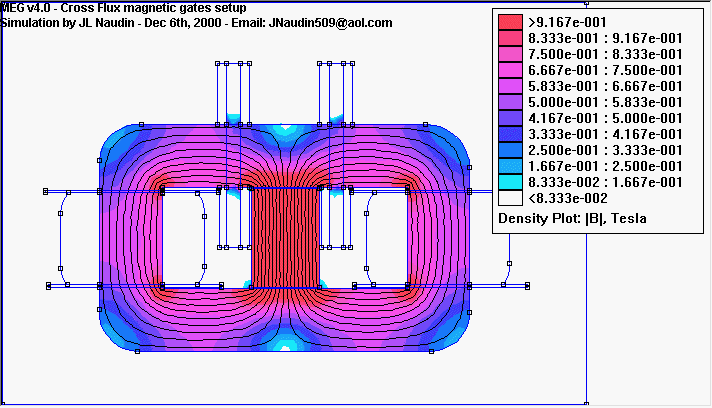
The role of the permanent magnet is not to have its magnetic field switched to left and right core sections by the small command coils.
2. Seems that when a permanent magnet is placed inside of the core without gap so the entire magnetic flux of the permanent magnet is "sucked" inside of the core and become trapped there are two effects:
- the permanent magnet become almost inert so it stops emitting magnetic field around it or (depending of how close to 0 mm is the gap between it and the core) it's emitting a very small magnetic field compared to its original magnetic field;
- when the previous conditions are happening and almost all the magnetic field of the permanent magnet is trapped inside the core something new happens: outside of the core a zero-point/quantum/aether (however you call it) field is formed containing additional energy ready to be captured by our device.
3. The practical way of capturing additional energy from that new zero-point/quantum/aether field formed outside of the core is to "shake" that field by pulsing the small command coils on top of the MEG. That will make the output coils capture the additional energy contained in that field therefore zero-point energy is added to the device's output.
4. Tom says MEG's output actually contains multiple and very complex signals which our actual instruments (including the oscilloscopes) are unable or have major difficulties to analyze; he says that because of this there is very difficult to calculate the real energy from the output and expensive specialists and specialized instruments are required for calculating MEG's COP.
5. Seems COP 5 is not the limit for MEG, it can go higher but in the prototype trying to go higher would burn the output coils.
6. He's talking about "nano-crystalline material, there's 2-3 types which would do it"; Metglas AMCC core is actually amorphous metal alloy, not nano-crystalline, so I'm not sure it's one of those 2-3 types Bearden is talking about. What if it's not, what if when placing a permanent magnet inside a AMCC core the magnetic field is not "sucked" and trapped inside the core or what if that zero-point field is not forming around the core ? In my experiments I used AMCC-200 but what if, to really have that zero-point field forming around the core, a nano-crystalline core like Hitachi F3CC0125 is required ? Since seems that zero-point field forming outside of the core cannot be detected directly is difficult to verify if amorphous metal cores are able to have that effect or not. If not then I experimented for years with a wrong core so this is a important question which I have no answer for it right now.
Before deciding this I've made additional research about the Aharonov-Bohm effect, it's real, it's confirmed by hundreds of papers and experiments and it's behind the frontier of our classical physics, it cannot be explained by our classical physics but it's more in the domain of the quantum physics.
My guess is what Chris did teach us about the partnered output coils is actually producing the same zero-point energy concentration effect and pulsing it, that's how our devices harvest the extra-energy. And if this experiment is successfully we can enhance the mechanism and concentrate the energy but this time without input energy required from our part. For now it's just a guess of course.
The original paper published in 1959 is here:
The Physical Review 1959 - Aharonov-Bohm Effect
I'll add here just a few things I found during my investigation about the effect.
This is a Wolfram demonstration project I played with to understand better this effect (link to larger image here):
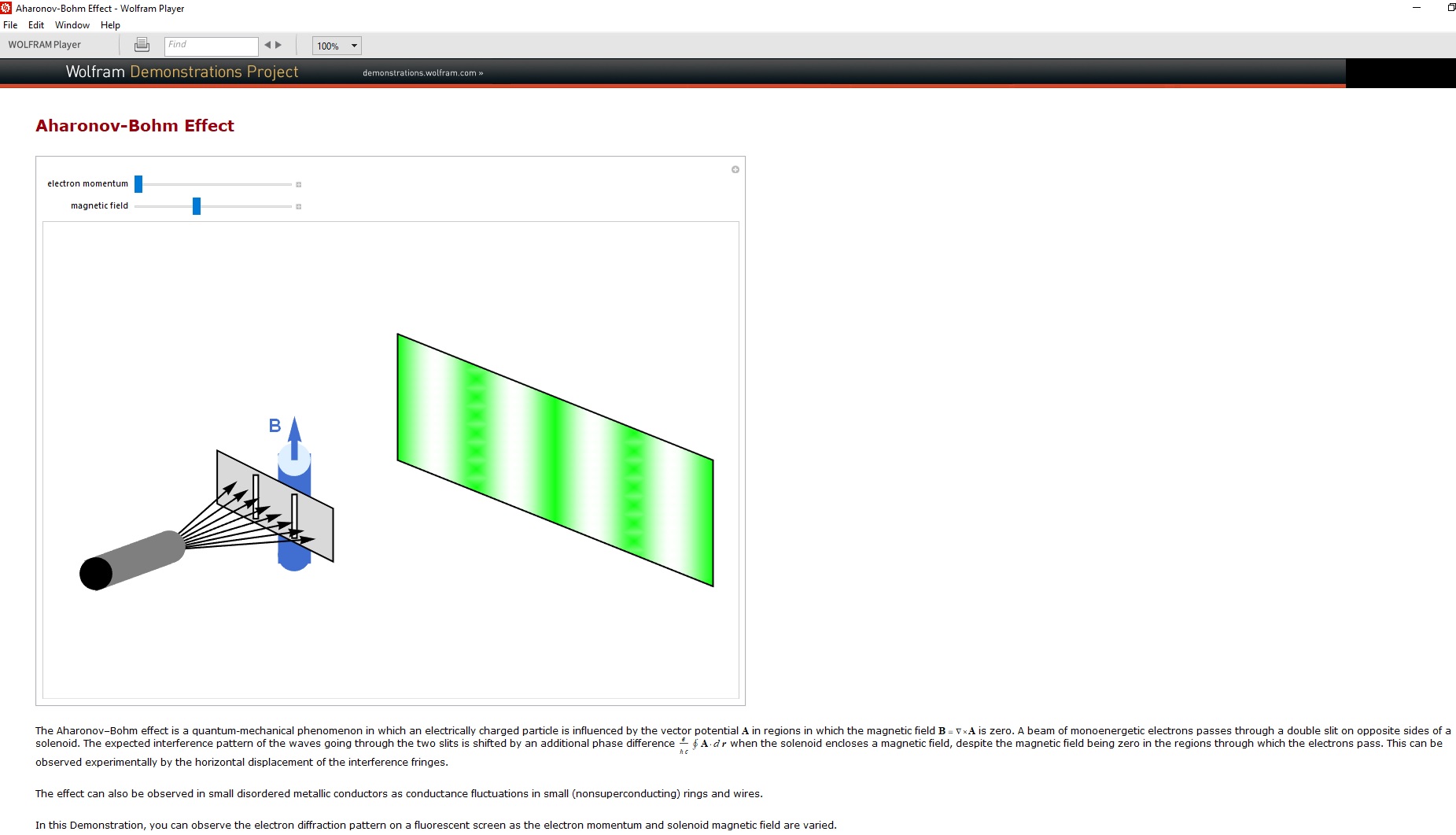
This is a try for a possible explanation of what's actually going on with this effect, but as I'm not that advanced in physics as other guys here I'm not sure it's a valid explanation, I'll just post it here for reference (link to larger image here):
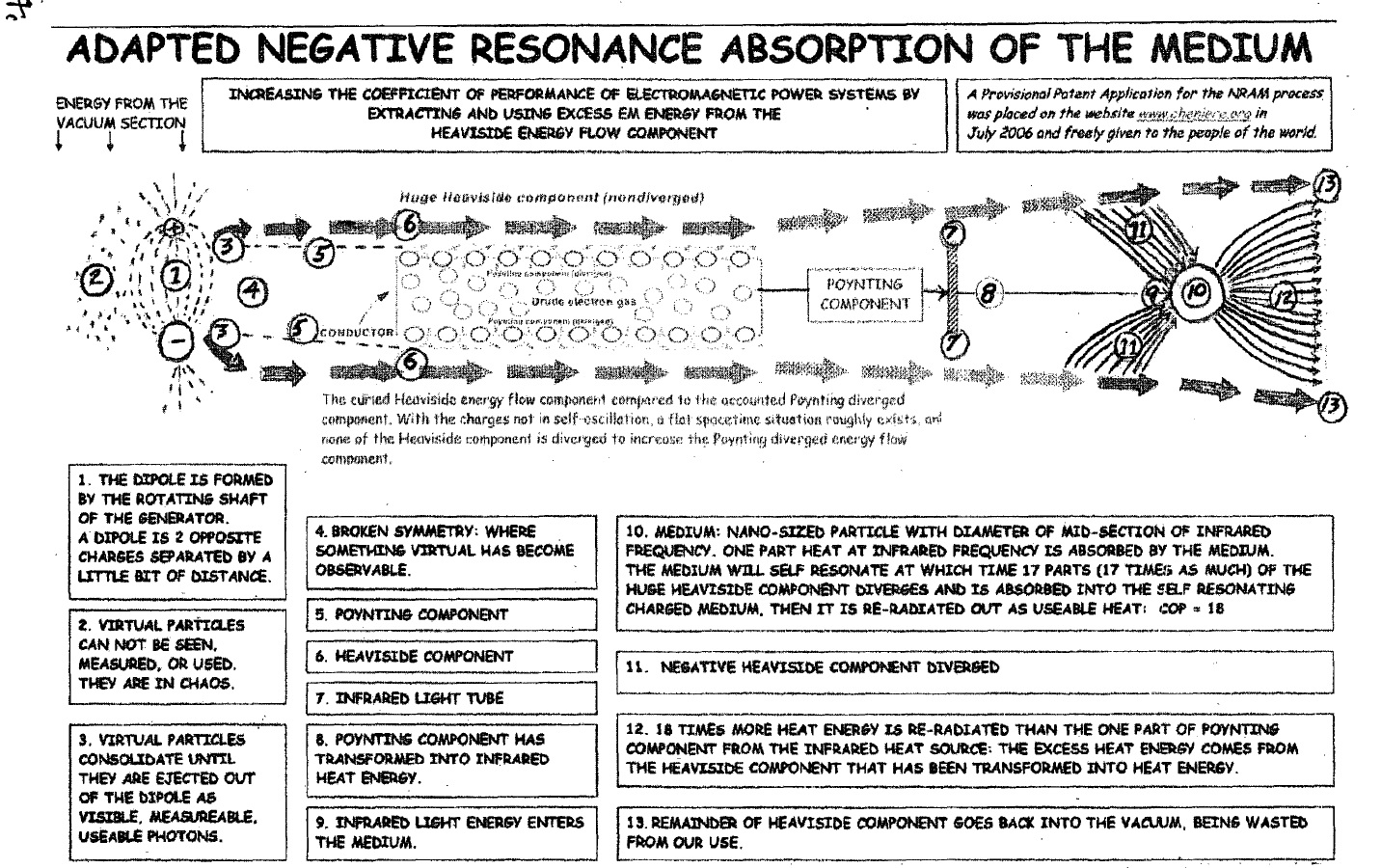
Following are two articles from physics publications:
(link to larger image here)
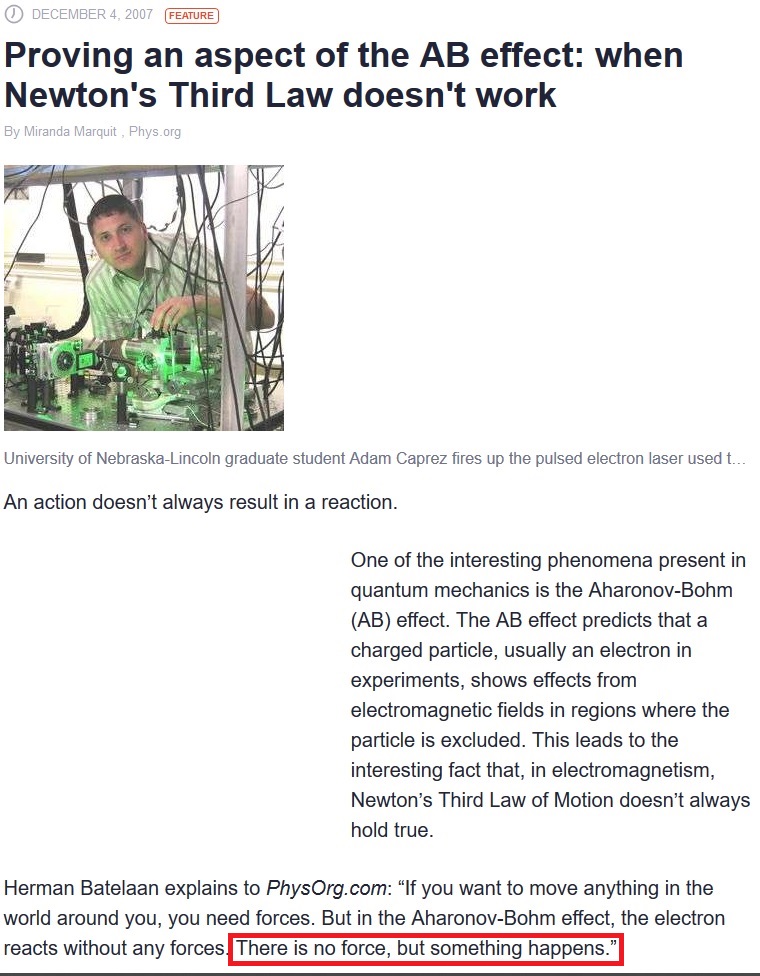
(link to larger image here)
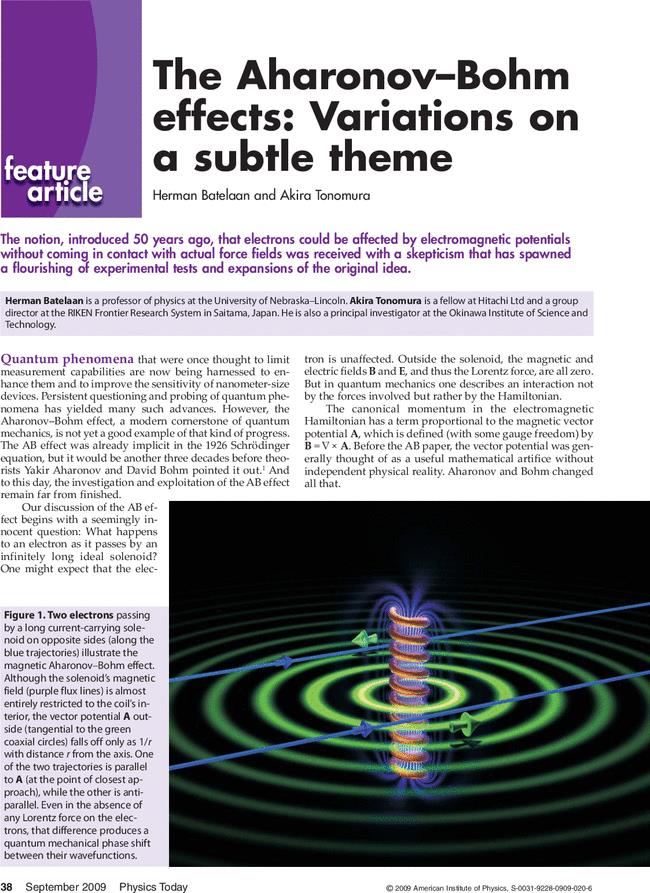
And this is a page containing more details about how MEG is using the Aharonov-Bohm effect (link to larger image here):
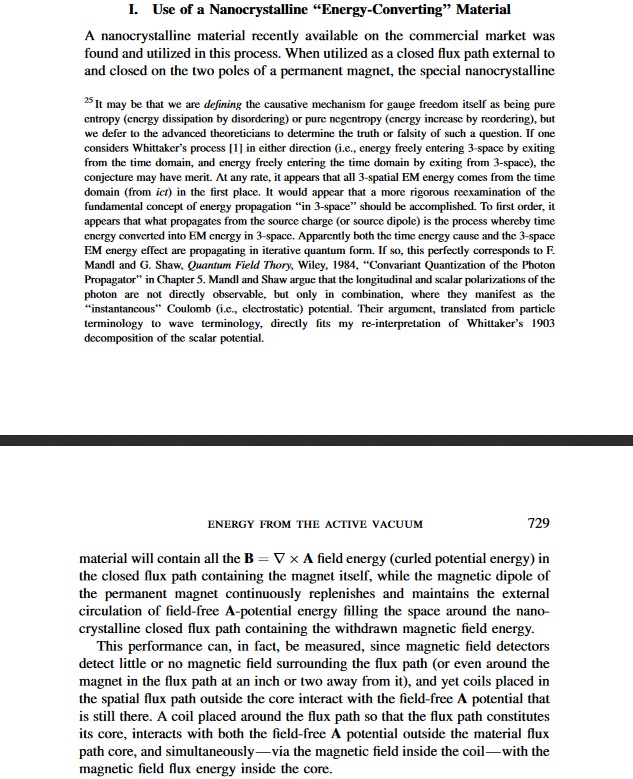
This is a really expensive experiment, the Hitachi F3CC0125 nano-crystalline core costs (including EU import taxes) as much as 3 AMCC-200 cores or as my oscilloscope.
Here are the core's specs:
Hitachi FINEMET Cores
Basically I spent the research funds for the next 3-4 months but I think it's worth it. Because if what Bearden is describing is correct (and hundreds of papers and experiments confirm this phenomenon) then we can have a input-free device for concentrating the zero-point energy around the core and more than that it is in a form which can easily be harvested.The only energy we will need then would be the energy required by a small primary coil to pulse this field formed around the core so it can be collected by the big secondary coils.
Also, as something personal, if the experiments succeed then I'll know the reason why the MEG replicating experiments I've made for two years with the AMCC-200 Metglas core failed.
The shipment left US and it's on its way to Europe. Meanwhile I need to prepare the specs for appropriate coil supports for this core and send the specs to the CNC firm I used before.
I'll post updates as the project is progressing and as I find time to work on it.
| "If you want to find the secrets of the universe, think in terms of
energy, frequency and
vibration." |
|
|
Nikola Tesla |






